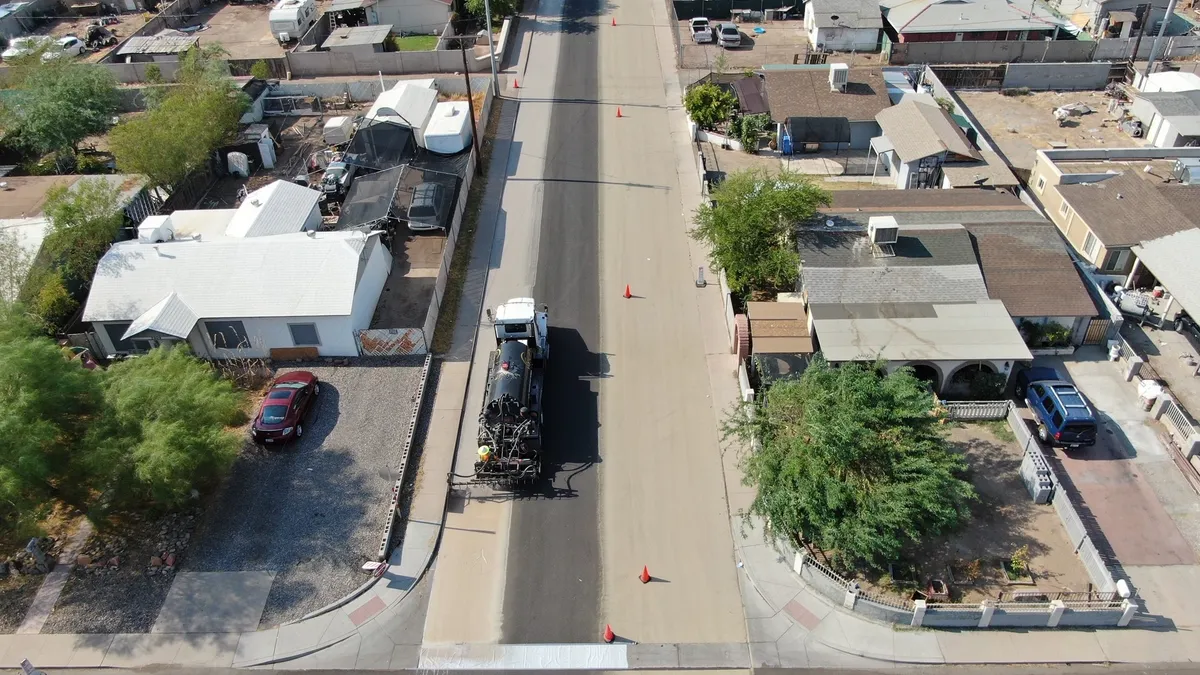Dive Brief:
- San Francisco's Department of Public Works, in partnership with the mayor's office and local officials, implemented the first phase of its "Yes We Can!" pilot program to cut back on ongoing litter issues in the city, as reported by SFWeekly.
- The program is starting along the city's Mission Street corridor with the installation of 38 new street cans. The city will track their effectiveness through periodic evaluations and 311 calls. If successful, the city says the program will be expanded to other neighborhoods.
- Litter has become a pervasive issue in the city, as shown by the widely decried amount of waste generated at Dolores Park over the weekend. Warm weather drew large crowds that left behind an estimated 460 bags worth of debris, which took city crews dozens of hours to collect, as reported by SFGate.
Dive Insight:
The Mission District is the third area to receive attention through the city's Giant Sweep program, which involves additional resources for street cleaning and graffiti removal. In an effort to cut back on litter, the city removed about 1,000 street cans over the past decade, leaving 3,200 today, though that hasn't been fully successful. While fewer cans means fewer opportunities for overstuffing, it can also mean more opportunities for littering.
New York's subway system recently reversed course on a similar experiment to remove cans from stations after finding more success with different cleaning strategies. Los Angeles has moved aggressively in the other direction by placing thousands of new cans throughout the city with a goal of 5,000 news ones by 2019. Philadelphia and Baltimore have also been working on ways to reduce littering and illegal dumping.
Littering has consequences for any city, especially coastal ones, but is particularly pressing in the San Francisco area. California has required 76 municipalities in the San Francisco Bay area to reduce the amount of litter ending up in waterways by 2025 at the risk of steep financial penalties. While San Francisco may receive a lot of attention for its high diversion rates, this shows that no city is immune to the challenges of negligent human behavior when it comes to waste.












